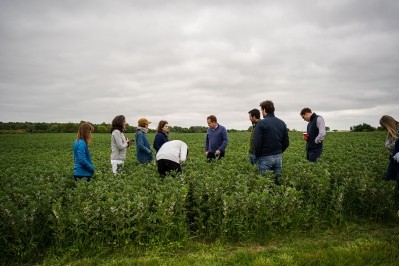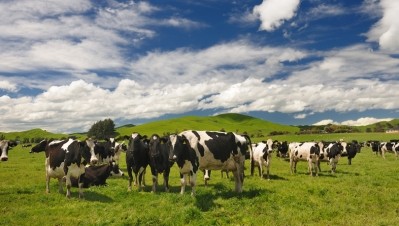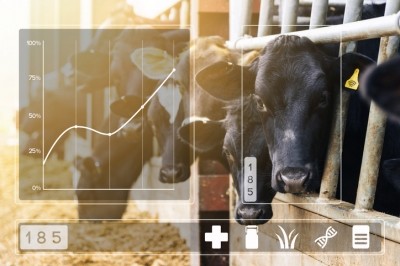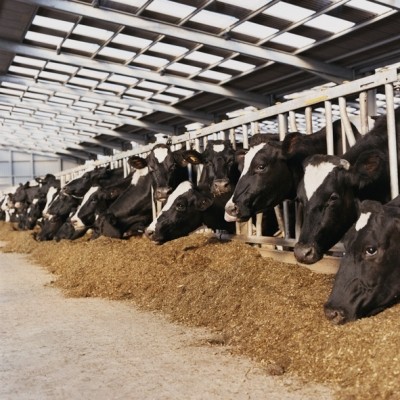Connecterra looks to transform dairy farming through the use of AI, signs agreement with Fonterra
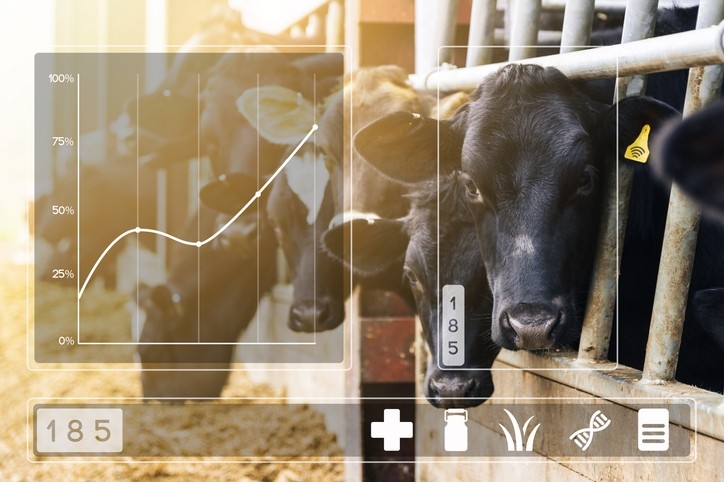
The new agreement will give farmers in that country access to Connecterra’s AI-driven Intelligent dairy assistant (Ida) platform. That tech combines biometric monitoring via proprietary collar-mounted sensors with other data sources including connected sorting gates, milking robots, feed and pharmaceutical metrics to create actionable insights.
The deal with Fonterra follows the completion in August of a successful two-year trial at Cloverlea Farm, a split calving farm in South Waikato.
Connecterra, unlike a lot of other agtech companies, has been looking to capture a different kind of market, one more plugged into the large corporation and advisory side of the farming business, propelling it forward and ensuring it remains competitive.
It has seen adoption of the Ida platform by industry giants such as Danone, Bayer and food safety expert Kersia. The technology is being used to create sustainable farming models that have eliminated the use of hormones, reduced antibiotic usage by up to 50%, and increased farm efficiency. The platform is also part of the Farming for Generations (F4G) consortium led by Danone, aimed at implementing regenerative agriculture practices.
On a call with FeedNavigator recently, Yasir Khokhar, CEO of Connecterra, told us:
“We are working with these large enterprises to help them empower their farmers and their customers and suppliers to transition to a more efficient and sustainable farming ecosystem.
"We are enabling insights for their internal stakeholders and for the farmer, creating a win-win partnership using data and our platform.”
Evolving technology
The CEO outlined how Connecterra’s technology has evolved since the company raised the largest Series B in its category in 2020 - €7.8m ($8.8m).
“Our early focus, post launch in summer 2016, was on hardware and building our core technology around sensors on dairy cows and how we could use sensor data to predict reproduction and health insights for farmers.
“Fast forward to today, we have been pretty fortunate in achieving a fairly large part of our vision. There is still a lot to do, and we are now expanding from the dairy cow to really looking how we can optimize the farm. What that really means in concrete terms is that our product and our customer base has evolved.”
Today, Connecterra integrates with over 20 different systems on the farm, which include farm management systems, milking robots and its own sensor data; it is processing over two billion on farm events a day. It is operational in 18 countries, working in Central America, in developed markets like the US, and pasture based markets like New Zealand.
“Our focus is on the mid to large sub segment of farmers in the countries where we are active.
“We are seeing some really interesting trends; we are helping farmers understand the impact of climate, for instance, or heat stress. We are looking at the impact of health incidences on farm productivity or efficiency.
“There is more need and desire now on the part of farmers, particularly larger operations, to adopt technology to help them scale, and they are ready to invest in that, especially in relation to labor and productivity.”
Methane emissions
With the increasing global focus and pledges around reducing methane emissions, we asked Khokhar whether Connecterra’s technology can support such sustainability goals.
“There is a lot of talk right now about the ‘what’ - reducing methane emissions on farm - and there is also a lot of chatter around about measuring methane, but the one part that is absent is the ‘how’ and that is where we come in, looking at what the farmer needs to do on an everyday basis to improve methane efficiency.
“Our specific focus is the efficiency index of a dairy farm, which is the CO2 emissions per kilo of energy-corrected milk (ECM). And, in order to improve the efficiency index, a farmer can either improve the farm’s productivity, or they can optimize for inputs, but for them to do this, they need to get a really good sense of what will happen to their operation when these changes and practices are implemented and that requires a very specialized type of data intelligence, which we are bringing to the table.
“We haven’t launched this yet but this is an area that we will be talking about more and more in the future.”
Machine learning
The company also maintains that its Ida platform can use AI to constantly improve itself:
“With AI or machine learning, like any intelligence that you want to train, you need to give it feedback, data to learn from. That is the same paradigm that we built into Ida. So for every insight that Ida generates, our users give us feedback confirming that a particular insight was correct or otherwise. Veterinarian feedback on Ida derived health insights, for example, goes back into the platform and it is used to train and retrain the models for those specific farms. So, over time, Ida is learning the behavior of every farm and every herd, enabling it to get better as it scales.
"We are the only provider that has this feedback loop built in. This is really key as farming environments, operations, and herds are different, there is no one-size-fits all,” explained Khokhar.
